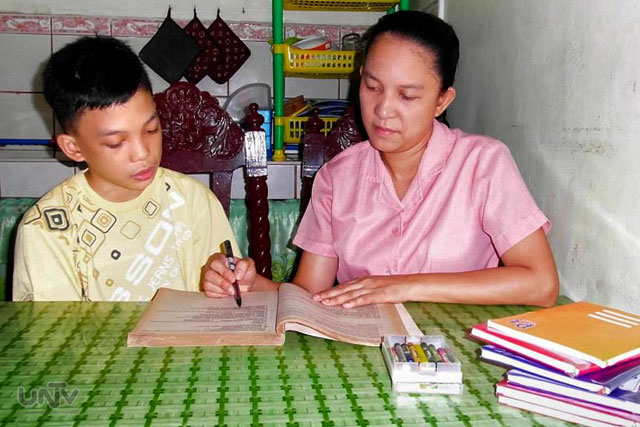Growth and Development of Tea Industry in Assam.
The Tea Plantation Essay Sample Assam tea is a black tea named after the region of its production, Assam, in India. Assam tea is manufactured specifically from the plant Camellia sinensis var. assamica (Masters). This tea, most of which is grown at or near sea level, is known for its body, briskness, malty flavor, and strong, bright color.Study objective and research methodology. Study objective. This study is a rapid market systems analysis (RMSA) of the tea sector in Assam, North East India. A RMSA is a type of study that enables the quick identification and focus on potential root causes of constraints facing the sector.Assam on its part has the largest domain for tea plantations and enjoys as the largest producer of tea in the world by employing utmost number of labourers.
The story of Assam tea is about being discovered by a Scottish adventurer, Robert Bruce, who noticed tea-like plants growing wild near Rangpur. This was in 1823 and Bruce was on a trading mission. Bruce was reportedly directed by Maniram Dewan to Bessa Gam who was the local Singpho chief.The tea industry in Assam is about 172 years old. It occupies an important place and plays a very useful part in the national economy. Robert Bruce in 1823 discovered tea plants growing wild in upper Brahmaputra Valley. A tea garden was started by the Government in 1833 in erstwhile Lakhimpur district.

View Tea Plantation In Assam Research Papers on Academia.edu for free.












